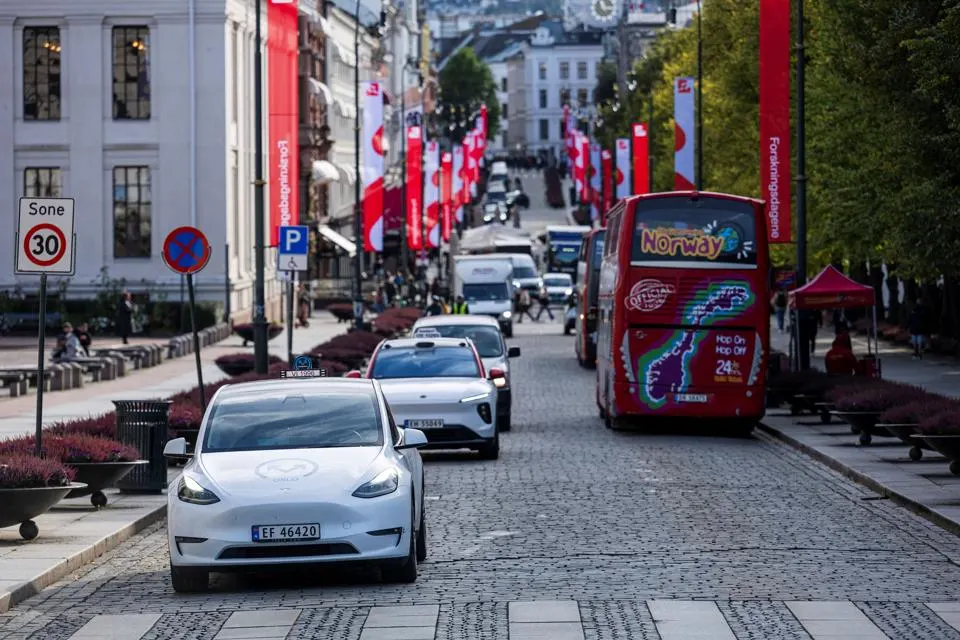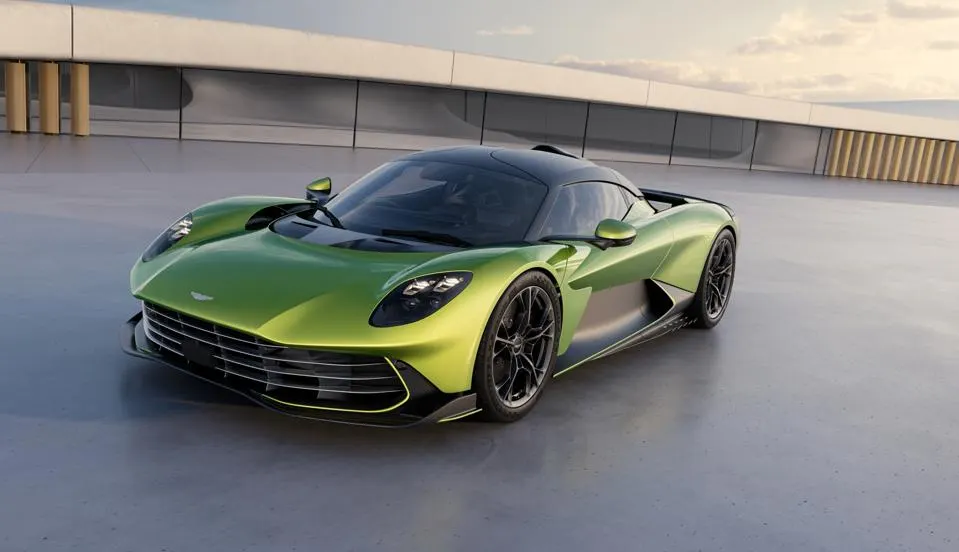Driving the Future: Lessons from Norway’s Electric Vehicle Revolution

The transformation of Norway into a leader in electric vehicles (EVs) has been nothing short of miraculous. With nearly 90% of new car sales in the country now electric, it has set a benchmark for other nations to follow. This success story began in the 1990s, when pioneering policies made EV ownership attractive. These included tax exemptions, reduced tolls, and access to bus lanes, which laid a strong foundation for the dominance of EVs in the market today. While Norway’s experience is a model of success, it also serves as a valuable benchmark for other nations striving to electrify their road transport systems.
Supportive government policies have played a crucial role in this transformation. Norwegian leaders recognized early on that significant incentives were necessary to overcome the higher costs and infrastructure limitations that characterized the early years of electric mobility. Sales tax exemptions, in particular, helped narrow the price gap between electric and combustion-engine vehicles. However, as EV adoption increased, the government started rolling back many of these incentives, acknowledging that they were skewed toward wealthier individuals who could afford to buy new cars.
In Oslo, policies like allowing EV drivers to use bus lanes helped speed up commutes and made EV ownership even more attractive. However, as the number of EVs rose, congestion in those lanes forced the policy to be rescinded. Despite still being on track to ban the sale of combustion-engine cars by 2025, these policy changes highlight the challenges of maintaining certainty in even the most mature EV markets.
Another layer of complexity emerges when considering the contrast between urban and rural areas. While Oslo boasts an adoption rate of around 40% for electric vehicles, with an extensive network of charging stations and EV-friendly infrastructure, rural areas like Finnmark in the far north have adoption rates as low as 8%. The reason for this disparity lies in the issue of “range anxiety” in remote areas, where charging stations are sparse, and drivers fear running out of power, especially in harsh winters. Technologies and infrastructure developments are helping to alleviate some of these concerns, with battery ranges increasing and the number of fast chargers on highways expected to double over the next decade. Ensuring that rural areas are adequately supported in the energy transition is essential to prevent inequalities in EV adoption.
One of the more significant challenges arising from the electrification of transport is its impact on Norway’s electricity system. With an increasing number of electric vehicles on the roads, Norway’s electricity demand is expected to rise by 60% by 2040. This surge in demand will put tremendous pressure on a system that has long been fueled by hydropower. To meet these new challenges, Norway must diversify its energy mix, turning to alternatives like offshore wind power. However, public opposition to onshore wind farms and the high costs of developing offshore wind have slowed progress. These delays highlight the challenges faced by countries looking to scale up renewable energy production, even those with well-established energy sectors.
The key lesson here is the need for a holistic approach to the energy transition. Electrifying transport is not just about replacing combustion engines with batteries—it requires a complete overhaul of energy systems, infrastructure, and policy frameworks. The rapid growth in electric demand has already led to rising energy costs, which could threaten one of Norway’s industrial advantages: cheap electricity.
As countries around the world implement policies to encourage electric vehicles, Norway offers both inspiration and caution. Its success demonstrates the power of clear and sustainable policies, but it also highlights the risks when demand exceeds supply. The lesson is clear for other nations embarking on their own EV journeys: transitioning to electric mobility requires system-wide planning, substantial investments in renewable energy sources, and strategies to address regional disparities.
Norway’s EV revolution shows that bold policies and public commitment can drive remarkable change. However, sustaining this momentum will require anticipating unintended consequences and ensuring the energy system remains resilient. Only then can the dream of a fully electrified future become a reality.



